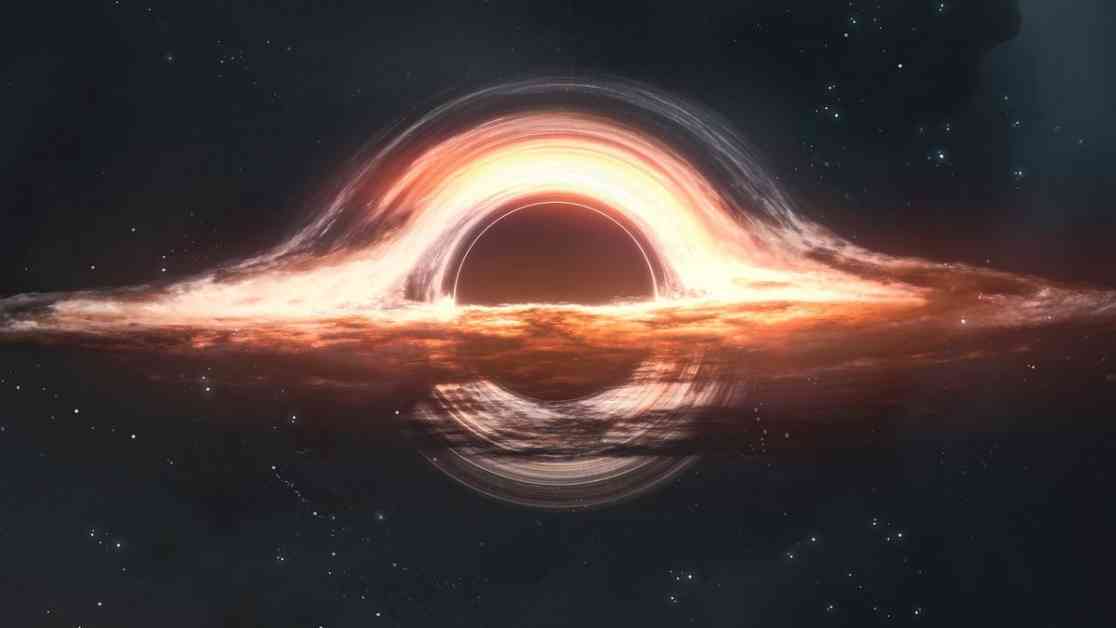Supermassive black holes are some of the most impressive objects in the universe, with masses around one billion times more than that of the Sun. These black holes have been around for a long time and have been detected at the centers of galaxies, known as quasars, when the universe was less than 1 billion years old.
A new study published in Astrophysical Journal Letters, using observations from the Hubble Space Telescope, has revealed that there were more black holes in the early universe than previously estimated. This discovery sheds light on how these black holes formed and why many appear to be more massive than expected.
Black holes grow by consuming surrounding material in a process called accretion, which produces significant amounts of radiation. The pressure from this radiation limits the rate at which black holes can grow. Scientists have been puzzled by the early, massive quasars, as they would have had limited time to grow to such sizes.
There are two main theories on how black holes form. The first suggests that primordial black holes have existed since shortly after the big bang, while the second proposes the formation of black holes from heavy seeds, with masses much greater than known massive stars.
Recent studies have shown that there are more black holes in early galaxies than previously thought. By monitoring changes in brightness in some of the earliest galaxies over a 15-year period, researchers have been able to estimate the number of black holes present. This research, along with work done using the James Webb Space Telescope, indicates that there are more black holes in the early universe than can be explained by direct collapse.
Future studies using new observatories such as the Euclid mission and the Nancy Grace Roman Space Telescope will further our understanding of black hole formation. The James Webb Space Telescope, in particular, is expected to provide valuable insights into early black hole activity and may even capture the formation of black holes in action.
Overall, the study of early black hole formation is still in its early stages, but with advancements in technology and new observatories, researchers hope to gain a better understanding of how these massive objects came to be in the early universe. The next few years are expected to bring significant progress in this field of study.










